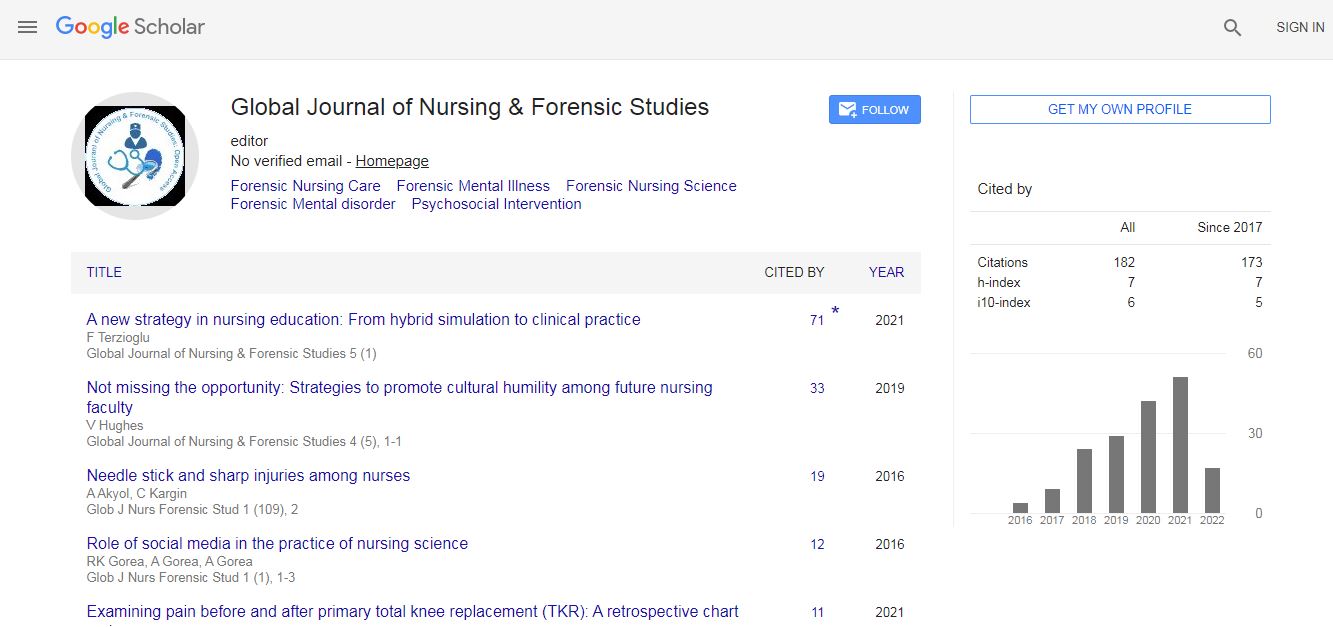Myopia Control Strategies: A Vision for the Future
*Corresponding Author: Chiun Ching, Department of Public Health, Kaohsiung Medical University, Taiwan, Email: ching@yahoo.comReceived Date: Nov 02, 2024 / Published Date: Nov 30, 2024
Citation: Chiun C (2024) Myopia Control Strategies: A Vision for the Future. Optom Open Access 9: 289.DOI: 10.4172/2476-2075.1000289
Copyright: © 2024 Chiun C. This is an open-access article distributed under the terms of the Creative Commons Attribution License, which permits unrestricted use, distribution, and reproduction in any medium, provided the original author and source are credited.
Abstract
The global rise in myopia, especially among children and young adults, has become a significant public health concern. Traditional corrective measures such as glasses and contact lenses address visual clarity but do not prevent the progression of myopia. This article explores various strategies aimed at controlling myopia progression, including optical interventions like orthokeratology, multifocal contact lenses, and peripheral defocus spectacles. It also examines pharmaceutical approaches, particularly the use of low-dose atropine, as well as lifestyle modifications such as increased outdoor time and reduced near-work activities. Emphasizing the need for individualized treatment plans, the article highlights the importance of tailoring strategies based on factors like age and myopia progression rate. Despite challenges such as accessibility and costs, the combination of targeted interventions, increased awareness, and public health initiatives offers hope for a clearer future in managing the myopia epidemic. The article underscores the potential for improved eye health outcomes through a multifaceted approach, aiming to slow myopia progression and reduce its long-term impact on vision.

 Spanish
Spanish  Chinese
Chinese  Russian
Russian  German
German  French
French  Japanese
Japanese  Portuguese
Portuguese  Hindi
Hindi 